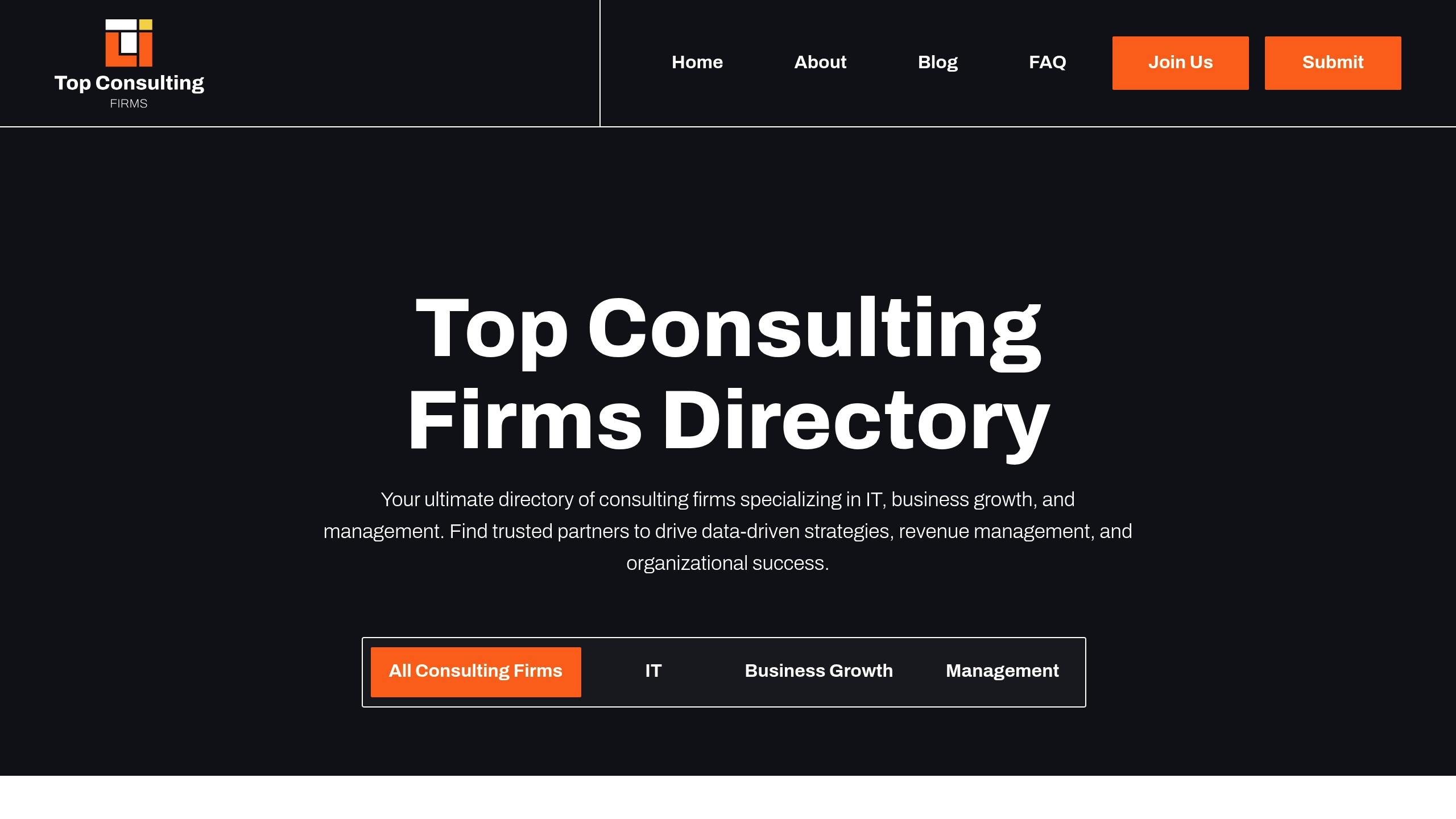Agile team communication is all about clear, direct, and consistent interactions to ensure smooth collaboration and faster project delivery. This guide focuses on practical strategies to improve communication in Agile environments, whether your team is co-located, remote, or distributed.
Here’s what you’ll learn:
- Key Practices: Daily stand-ups, sprint reviews, retrospectives, and feedback loops.
- Tools: How to choose tools like team chat, video conferencing, and project management software.
- Remote Team Tips: Overcoming time zone gaps, maintaining team cohesion, and ensuring visibility.
- Documentation: Balancing essential records with Agile’s fast-paced workflows.
- Cross-Cultural Collaboration: Simplifying language, addressing cultural differences, and structured meetings.
Quick Takeaway: Agile communication thrives on information sharing, regular feedback, and direct interactions. Use visual tools, concise documentation, and inclusive practices to keep everyone aligned. Start with small changes like improving stand-ups and introducing feedback channels to see immediate results.
Agile teams, agile talk: lessons for workplace communication
Key Elements of Agile Communication
Agile teams thrive on effective communication, which hinges on three main principles: information sharing, regular feedback, and direct interactions. These elements ensure projects stay on track and teams work cohesively.
Information Sharing and Visibility
Clear and accessible project information allows teams to make better decisions. The idea is to ensure everyone has access to the data they need when they need it.
| Information Type | Purpose | How to Implement |
|---|---|---|
| Project Status | Monitor progress and issues | Kanban or Scrum boards |
| Sprint Goals | Align team objectives | Digital dashboards |
| Technical Documentation | Share knowledge | Wiki systems |
Visual tools like boards and dashboards are great for showing current tasks, upcoming work, and potential roadblocks. This visibility makes it easier to spot problems early and take action quickly.
Regular Feedback Cycles
Frequent feedback keeps Agile teams moving forward. Instead of waiting for formal reviews, teams should build feedback into their routine.
Here are a few ways to do this effectively:
- Daily Stand-ups: Short, 15-minute meetings where team members update each other on progress and challenges.
- Sprint Reviews: A chance to showcase completed work every couple of weeks.
- Retrospectives: Discussions focused on improving team processes and workflows.
These regular check-ins help teams tackle issues early, preventing small challenges from escalating into bigger problems.
Direct Team Interactions
Face-to-face communication (either in person or via video calls) adds a layer of understanding that emails or messages can't match. Non-verbal cues and real-time discussions strengthen team connections.
When planning team interactions, keep these factors in mind:
| Factor | Why It Matters | Best Practice |
|---|---|---|
| Meeting Duration | Keeps everyone engaged | Limit to 60 minutes |
| Participant Count | Improves discussion quality | Stick to 5-9 core members |
| Discussion Format | Helps retain information | Use visuals and demos |
For remote teams, video conferencing tools are essential. Regular video calls help maintain team unity and ensure everyone stays connected, no matter where they are.
Communication Methods That Work
As with all Agile practices, effective communication relies on clarity, simplicity, and consistency.
Selecting Communication Tools
Choose tools that align with how your team works best.
| Tool Category | Best Use Case | Key Features |
|---|---|---|
| Team Chat | Daily conversations | Thread organization, integrations |
| Video Conferencing | Stand-ups, ceremonies | Screen sharing, recording options |
| Project Management | Task tracking | Kanban boards, sprint planning |
Pick tools that streamline your processes. For instance, if your team uses Jira for task management, opt for communication tools that integrate with Jira to keep everything connected. Now, let’s look at improving stand-ups for better daily results.
Running Better Stand-Ups
Daily stand-ups are a cornerstone for Agile teams. The goal is to keep them brief, focused, and effective - ideally under 15 minutes.
| Time Allocation | Focus Area | Purpose |
|---|---|---|
| First 5 minutes | Yesterday's work | Quick updates on completed tasks |
| Next 5 minutes | Today's plan | Outlining priorities for the day |
| Final 5 minutes | Blockers | Identifying and resolving obstacles |
Start on time and assign a rotating facilitator to ensure the discussion stays on track. This structure encourages open communication and keeps the team aligned.
Building a Feedback Culture
Create an environment where team members feel safe sharing feedback.
| Practice | Implementation | Expected Outcome |
|---|---|---|
| Regular Retros | Bi-weekly sessions with "Start, Stop, Continue" | Better processes over time |
| Pair Programming | Daily rotating pairs for complex tasks | Real-time feedback and knowledge sharing |
| Feedback Channels | Options like anonymous submissions | More open and honest communication |
Consistency is key. Start small and gradually introduce more feedback methods as your team becomes comfortable sharing ideas and concerns.
Solving Common Communication Problems
Remote and diverse teams often face unique hurdles in Agile environments. Here are practical ways to tackle these challenges and improve collaboration.
Managing Remote Teams
Remote teams thrive when supported by strong digital tools and clear processes. The goal is to create a virtual workspace that mirrors the benefits of working in the same location while addressing the specific challenges of remote setups.
| Challenge | Solution | Digital Tools |
|---|---|---|
| Time Zone Gaps | Asynchronous Updates | Recorded video updates, scheduled messaging |
| Reduced Visibility | Visibility Tools | Agile project tools, digital whiteboards |
| Team Cohesion | Virtual Social Time | Virtual meeting platforms |
Set clear expectations around response times so team members can distinguish urgent issues from routine tasks. This helps reduce stress, especially when working across time zones. Regular virtual meetings and stand-ups also keep everyone on the same page through real-time discussions.
While technology plays a big role, addressing cultural and language differences is equally important for globally distributed Agile teams.
Working Across Languages and Cultures
Cultural and language differences can affect how teams interact and collaborate. Building an inclusive environment where everyone feels comfortable contributing is key.
| Communication Aspect | Best Practice | Implementation |
|---|---|---|
| Language Barriers | Use Simple English | Avoid idioms; stick to clear, direct language |
| Cultural Nuances | Cultural Training | Host regular culture-sharing sessions |
| Meeting Dynamics | Structured Meetings | Share written agendas and record meetings |
Visual aids like diagrams, charts, and sketches can help bridge language barriers during conversations. For more complex discussions, a buddy system - where team members with stronger language skills assist others - can make communication smoother.
If your team needs additional help navigating cross-cultural challenges, consulting experts can provide valuable insights. Check out the Top Consulting Firms Directory to find professionals experienced in managing global Agile teams.
sbb-itb-97f6a47
Documentation and Knowledge Transfer
Agile documentation strikes a balance between capturing essential details and maintaining momentum. The goal is to keep records useful and accessible without slowing down progress.
Smart Documentation Practices
Good documentation zeroes in on what’s important. Teams rely on living documentation that evolves as the project moves forward.
| Documentation Type | Purpose | Best Practice |
|---|---|---|
| User Stories | Capture requirements | Keep them short and focused on user value |
| Technical Decisions | Record architecture choices | Include the reasoning and context |
| Process Guidelines | Define team workflows | Regularly update based on retrospectives |
| Sprint Outcomes | Summarize sprint results | Highlight key decisions and lessons learned |
Tools like Confluence or Notion are great for real-time, collaborative documentation. They act as a single source of truth, making it easy for team members to access and update information. This avoids the chaos of outdated or conflicting records, ensuring smooth communication.
But documentation alone isn’t enough - teams also need consistent knowledge sharing to stay aligned and informed.
Team Knowledge Sharing
While living documentation keeps information current, active knowledge sharing boosts team skills and collaboration. It goes beyond written records, adding hands-on learning and open communication.
| Activity | Impact |
|---|---|
| Pair Programming | Promotes direct skill-sharing |
| Code Reviews | Improves quality and spreads knowledge |
| Tech Talks | Shares specialized expertise widely |
| Mentoring | Focuses on individual skill growth |
Combining these activities strengthens teamwork. For example, pair programming and code reviews not only transfer knowledge but also enhance code quality.
Central repositories like GitHub or Bitbucket tie documentation directly to the codebase, reinforcing agile workflows. Regular updates during sprint ceremonies keep everything fresh and relevant, making documentation a tool for agility, not a roadblock.
When teams integrate efficient documentation and active knowledge sharing, they maintain strong communication and stay aligned through every phase of the project.
Getting Expert Help
When tackling communication challenges, bringing in experts can speed up progress. Agile teams often gain from external advisors who refine both communication and team interactions.
Top Consulting Firms Directory

Consultants provide targeted solutions through a variety of services:
| Service Type | Purpose | Typical Outcomes |
|---|---|---|
| Communication Audits | Analyze team interactions and spot gaps | Actionable recommendations for improvement |
| Custom Training Programs | Build tailored communication skills | Better collaboration and fewer misunderstandings |
| Workshop Facilitation | Lead teams through hands-on exercises | Immediate, practical changes in team dynamics |
| Tool Implementation | Set up and optimize communication tools | Smoother information sharing across teams |
Choosing the right consultant is just as important as the services they offer. Look for those with Agile expertise, industry knowledge, and a good cultural fit.
For teams spread across locations or cultures, specialized consultants can address remote communication hurdles. They help set up clear frameworks for:
- Virtual stand-ups and ceremonies
- Collaborating across cultural differences
- Managing time zones effectively
- Using digital tools efficiently
Resources like the Top Consulting Firms Directory make it easier to find professionals experienced in these areas. The directory highlights firms with expertise in digital transformation and organizational change, streamlining your search.
Once a consultant is on board, using clear metrics ensures you can track progress:
| Metric Category | Key Indicators |
|---|---|
| Team Satisfaction | Feedback and survey results |
| Communication Quality | Fewer misunderstandings and conflicts |
| Project Outcomes | Faster delivery and improved quality |
| Knowledge Transfer | Better documentation and information sharing |
Conclusion
Main Points Review
Effective communication in Agile teams relies on a balanced mix of structured practices and flexible approaches. The key elements include transparent information sharing, consistent feedback loops, and valuable face-to-face interactions.
Successful teams use a combination of clear documentation, visual tools, deliberate practices, and digital platforms to keep communication flowing smoothly.
| Communication Area | Benefit |
|---|---|
| Daily Interactions | Speeds up alignment and problem-solving through direct communication |
| Knowledge Sharing | Reduces information silos with clear and accessible documentation |
| Feedback Mechanisms | Strengthens team dynamics with regular feedback |
| Tool Usage | Improves coordination via digital platforms |
These principles can be applied immediately to improve team communication.
Action Plan
Here are some practical steps to enhance Agile communication:
- Set Communication Guidelines: Define how often your team will communicate, which channels to use, and how to document key information.
- Schedule Regular Check-ins: Hold daily 15-minute stand-ups and weekly sync meetings. Keep these focused and time-boxed to cover updates and remove obstacles.
- Establish Feedback Loops: Use retrospectives, one-on-one sessions, and surveys to gather input. Track progress with metrics and refine your approach as needed.
Revisit your focus on sharing information openly, providing regular feedback, and fostering direct communication. Continuously monitor and adjust your practices to ensure they meet your team’s evolving needs without creating unnecessary red tape.
FAQs
How do you ensure effective communication within Agile teams?
Here are some practical strategies to keep communication smooth and effective in Agile teams:
Defined Communication Channels
Set up specific channels for quick updates and use dedicated tools to document decisions. Clear channels help keep everyone on the same page.
Consistent Meetings
Stick to a regular schedule of key meetings: daily stand-ups (15 minutes), sprint reviews (every two weeks, 1 hour), and monthly retrospectives (90 minutes). These meetings help track progress and tackle any challenges.
Integrated Tools
Use project management and messaging tools to keep information flowing, especially for remote or distributed teams.
Simplified Communication for Global Teams
For teams spread across different regions, rely on visual aids and straightforward language. This makes collaboration more inclusive and effective.
Efficient Documentation
Focus on capturing the essentials without creating extra work. Use collaborative tools that allow real-time updates and easy access to shared knowledge.
Regularly review and tweak these practices during retrospectives and based on team feedback to ensure they continue to meet your team's needs. These methods align with the communication principles covered in this guide.


